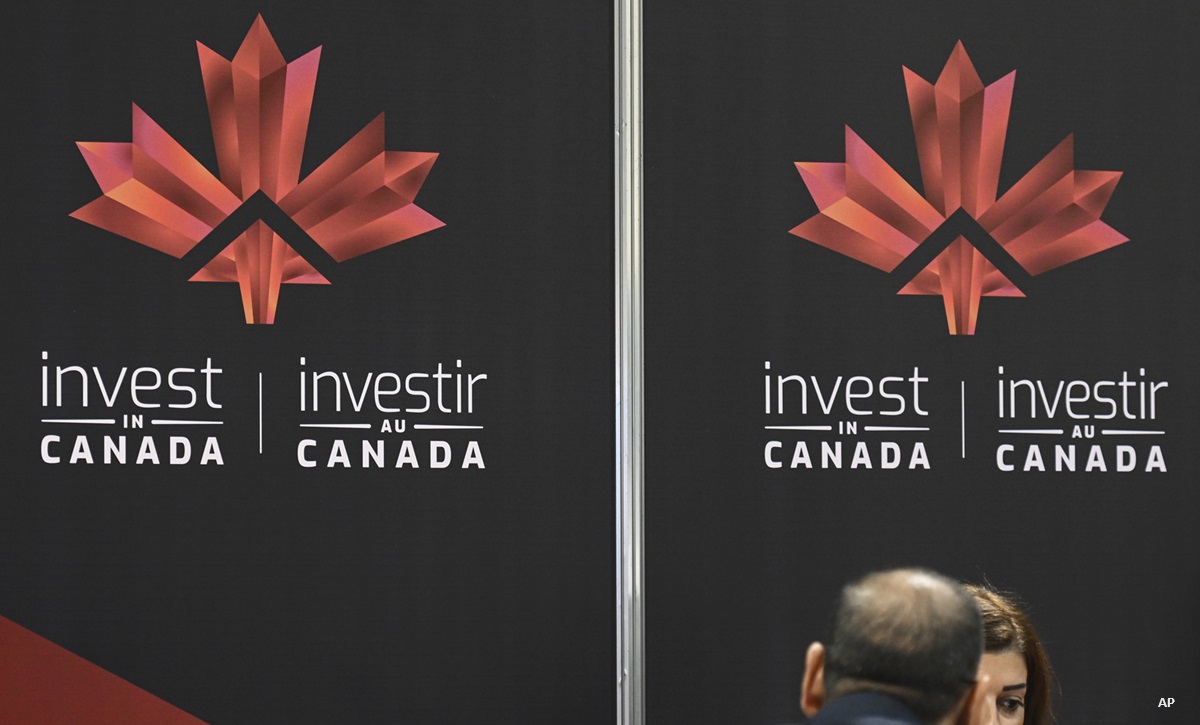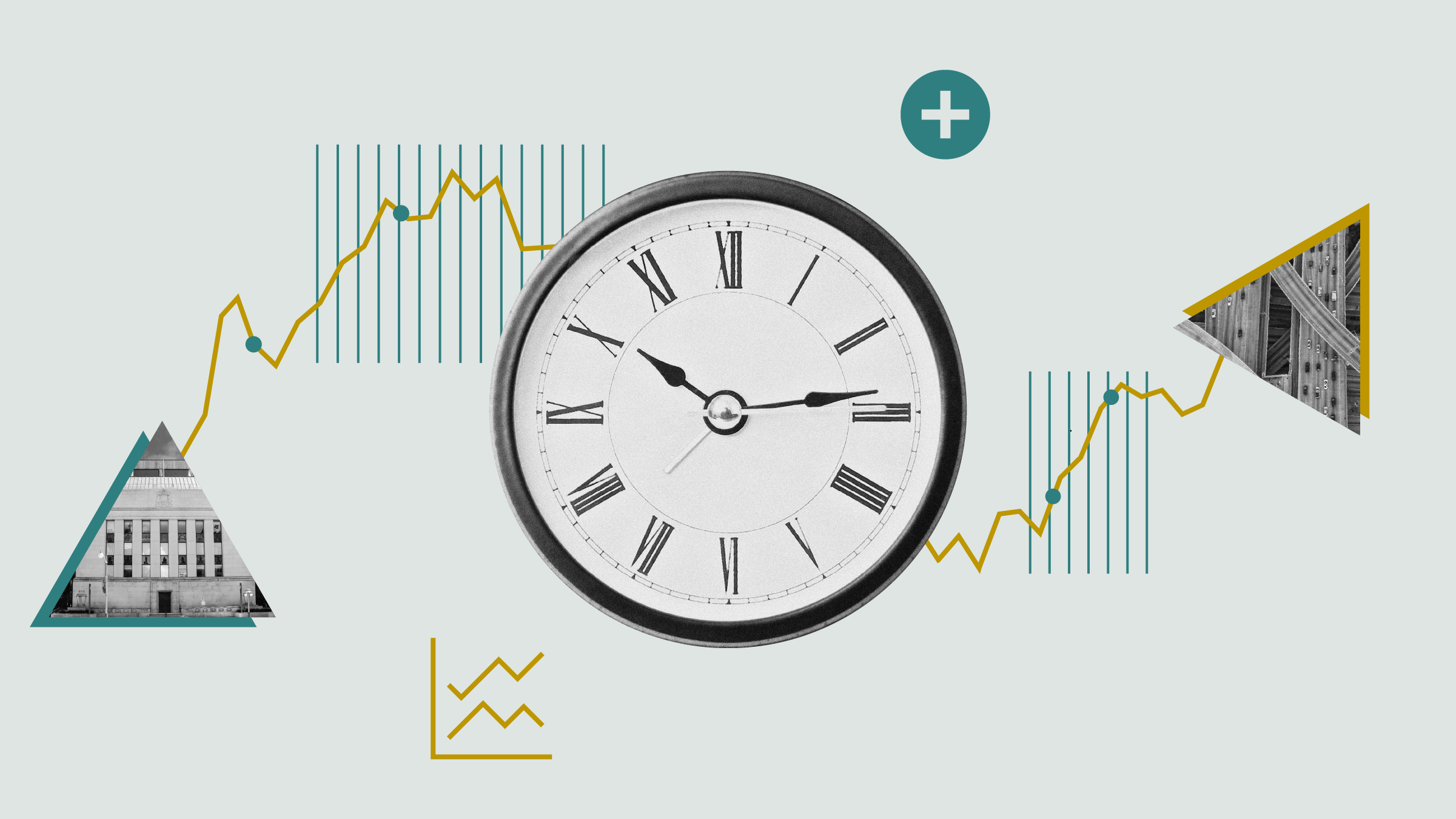
Like a person’s pulse rate, a country’s currency is a vital sign of its general health. Well, the loonie is listless, sad, and depressed so far this year.
One of the Canadian dollar’s main energizers, the price of oil, isn’t providing its traditional boost anymore. While the barrel of crude moved from US$74 to US$87 from January 1 to April 1, 2024, the loonie has glided downward from US$0.76 to US$0.74.
The same reading applies to other commodities that used to give lift to our national bird. Gold’s and copper’s rise of 9% and 5% respectively still saw the CAD recede.
The Loonie’s Carrying Too Much Weight
The link between the loonie and commodities “is not broken, but weakened”, observes David Rosenberg, President and founder of Rosenberg Research. Many other weights are pressing it downward, severing the trustworthy uplift from commodities.
To begin with, Rosenberg insists, our loonie doesn’t fly alone, but in a pack. “Currency is an exchange that measures one currency against another, that acts as a barometer of confidence,” he continues. And the crucial comparison is inevitable with our next-door neighbour’s greenback, which is floating along on a GDP growth rate of 3%, while the loonie’s wings lack support on a GDP growth well below 1%. “Despite the immigration boost,” Rosenberg highlights. “In real per capita terms, our economy is decaying; we are less and less competitive with the U.S. We will increasingly be counting on a weaker loonie to equilibrate our economy with the rest of the world. We accept a pay cut because we need the loonie to compensate for our growing weakness.”
Confidence in the loonie is weak and weakening. And the reasons are many. One central measure of economic vitality, productivity, is in the doldrums. “In 2023, productivity was negative at 0.5% as well as in 2022, when it was -0.6%,” says Mathieu Arseneau, deputy chief economist at National Bank of Canada. “That’s a fall in our standard of living.”
The complaint about Canada’s anemic productivity is not new, but the recent negative readings shouldn’t be cause for alarm, believes Thomas Torgerson, Managing director, global sovereign ratings at Morningstar DBRS. “When you bring in a lot of new workers, it can lower average pay, and that can look as if productivity is lower. But it’s not a reason to panic.”
Canada Invests Half of What the U.S. Invests
One certain cause for alarm is the sickly level of capital investment. In the last quarter of 2023, investment per member of the workforce was $14,500 in Canada; in the U.S., $27,800. “The U.S. is out-investing us two-to-one, whether that concerns installing a new piece of manufacturing machinery, building a warehouse or developing a software application,” explains Bill Robson, President and CEO of the C.D. Howe Institute. “That’s a huge gap, and it has widened over the last decade.”
“The level of business capital expenditure in this country is no higher today than it was two decades ago!” Rosenberg laments. “This is a true crisis and is why the Canadian dollar is stuck in the sick bay. What Canadian businesses are doing instead of investing locally is taking their capital and deploying it in other geographies where that capital is welcomed. In Canada, we have a government that loves to attract people, but physical capital that generates future productivity growth — not so much.”
Indeed, it’s not only businesses and foreign investors who are bypassing Canada, but also our main storehouses of capital, the nation’s major pension funds. “It seems to me pensions funds are wrong about how they pursue their fiduciary obligation,” Robson says. “I would have a bias toward home assets because, to begin with, you will be paying in Canadian dollars.”
While native and foreign investors are avoiding Canada, the Federal government represents 27% of the economy, Rosenberg calculates, adding that it serves as a massive presence that interferes with investment, mostly through taxes and regulation. “Canada had an advantage a decade earlier with Paul Martin because of lower tax rates on investment,” Robson reveals. “But things have gotten worse since, partly because of all the rhetoric about extra profit taxes.”
Treating Productive Capital the Way We Treat Housing
The cure seems quite obvious, according to Robson and Rosenberg: reducing corporate taxes and capital gains taxes. But in the last budget, the Liberal government announced an increase of the capital gains tax rate. “Exactly the wrong thing to do,” Robson quips.
Housing is the emblematic and darling asset above all others that incarnates what’s wrong with Canada’s economy, Rosenberg believes, recalling a potential blind spot held by those in the wealth management community: “In the ten years that I was in New York with Gluskin Sheff, no one ever asked me a question that people keep asking in Canada: ‘Where are home prices going?’.”
Our fixation on housing is an obsession, yet a house is not a productive asset, Rosenberg insists. In Canada, that key asset is not taxed when it is a person’s main residence. “We can sell our principal residence tax-free, something we think is a basic birthright,” he adds. “But we should be treating business investment the way we treat housing. I would deal with capital gains on housing as a taxable asset rather than taxing productive capital gains.”



















